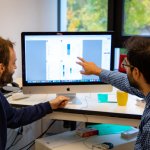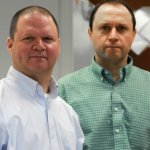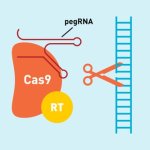
News • Mitochondria-derived nuclear ATP surge
Pressed to the limit: New study explores cancer cell defense mechanism
How cancer cells survive the journey through the body to form metastases is still poorly understood. New insights into how cells survive intense physical stress could pave the way for new treatments.






















































































